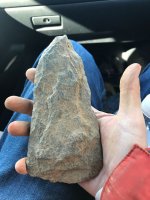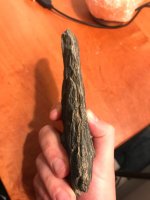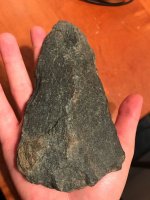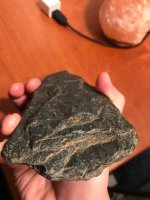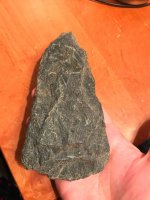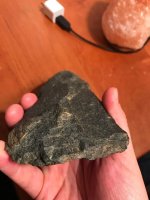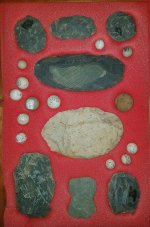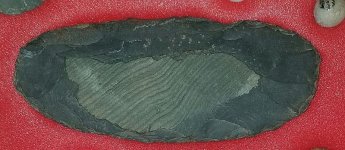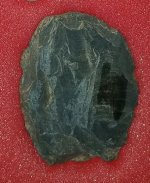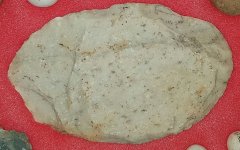BrettCo124
Hero Member
- Apr 29, 2009
- 901
- 939
- Detector(s) used
- Minelab Safari, Tesoro Sand Shark, Bazooka Gold Trap Mini, Gold Rush Nugget Bucket, Garrett Supersluice Gold Pans
- Primary Interest:
- All Treasure Hunting
Hi everyone,
It’s been a little since I’ve posted any finds on here. Got out today with tnet members John and Ben, and came across this possible hoe/Celt. It was found on private farm land overlooking Susquehanna River in Maryland, where many artifacts have been found before.
After close examination, we all are feeling this piece has more characteristics of being an artifact than not (percussions, shape, location, etc). It’s still up in the air, but maybe one of you can tell me for sure. I’ll also provide a YouTube link to my channel, which I uploaded a video to just now (feel free to subscribe!)
What do you think?
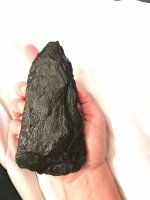
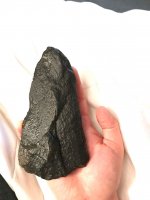
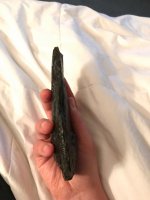
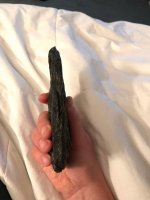
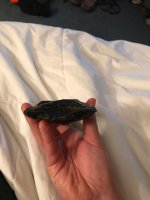
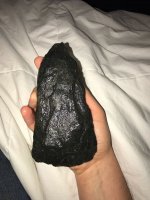
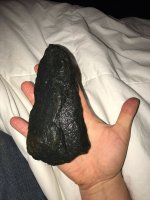
It’s been a little since I’ve posted any finds on here. Got out today with tnet members John and Ben, and came across this possible hoe/Celt. It was found on private farm land overlooking Susquehanna River in Maryland, where many artifacts have been found before.
After close examination, we all are feeling this piece has more characteristics of being an artifact than not (percussions, shape, location, etc). It’s still up in the air, but maybe one of you can tell me for sure. I’ll also provide a YouTube link to my channel, which I uploaded a video to just now (feel free to subscribe!)
What do you think?







Last edited:
Upvote
0


